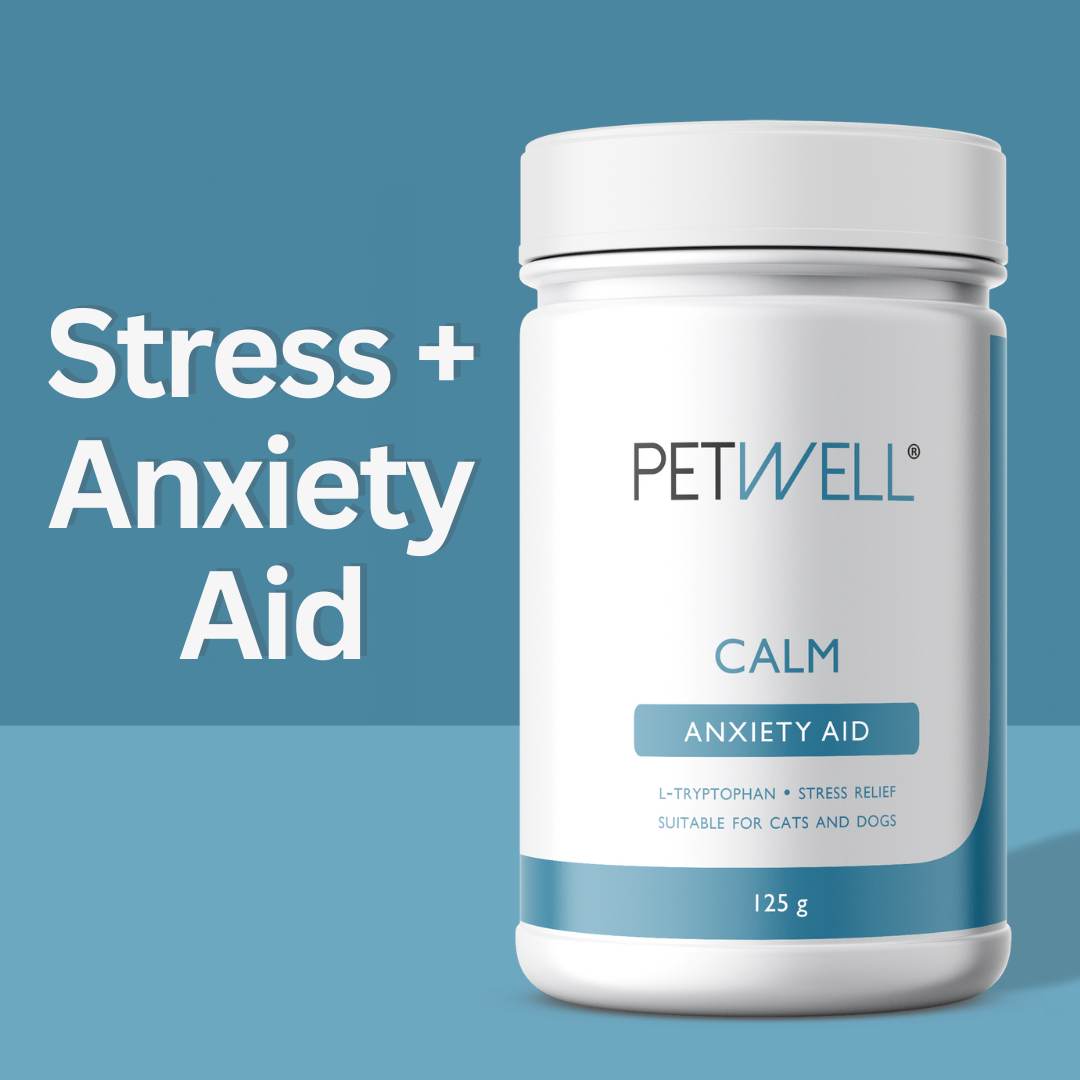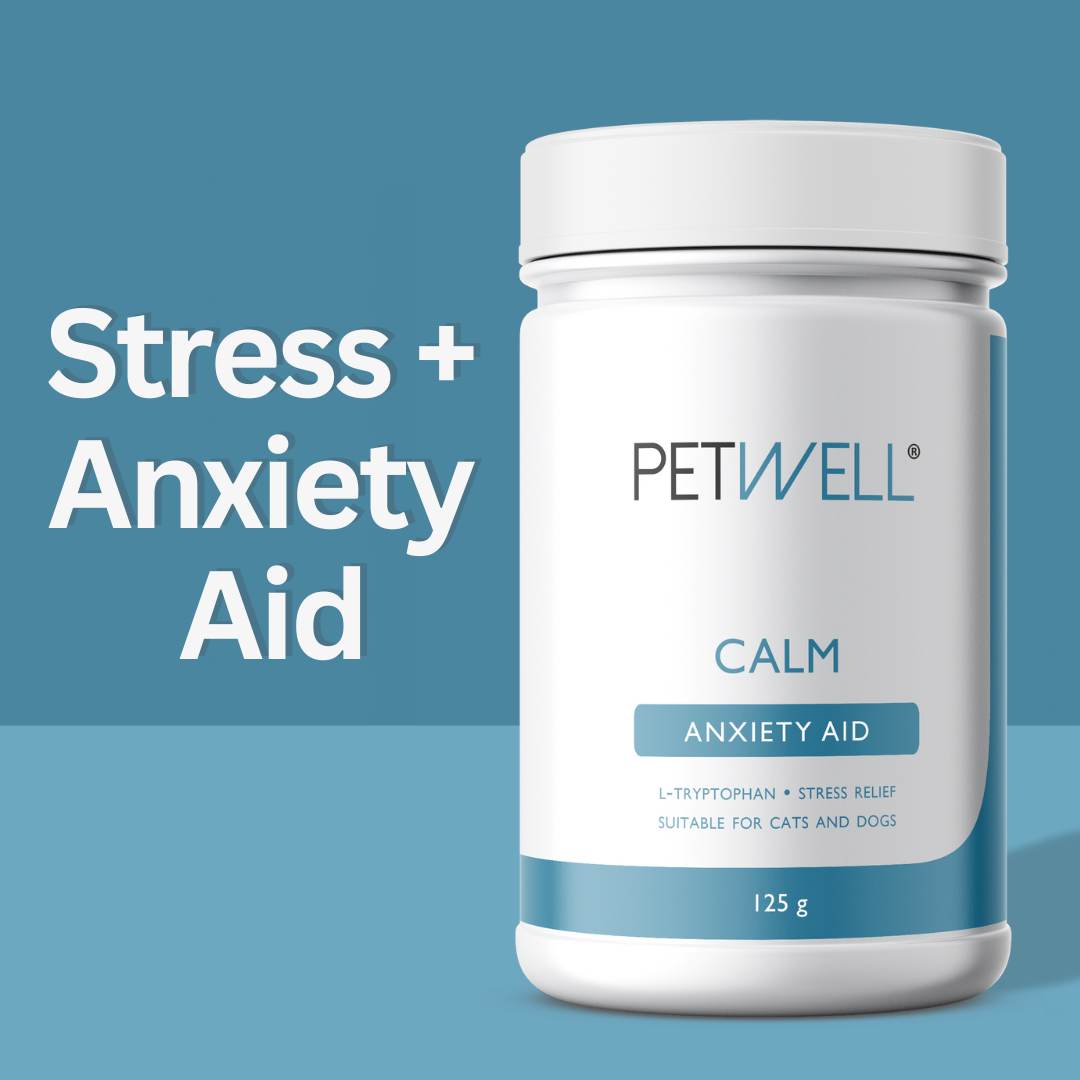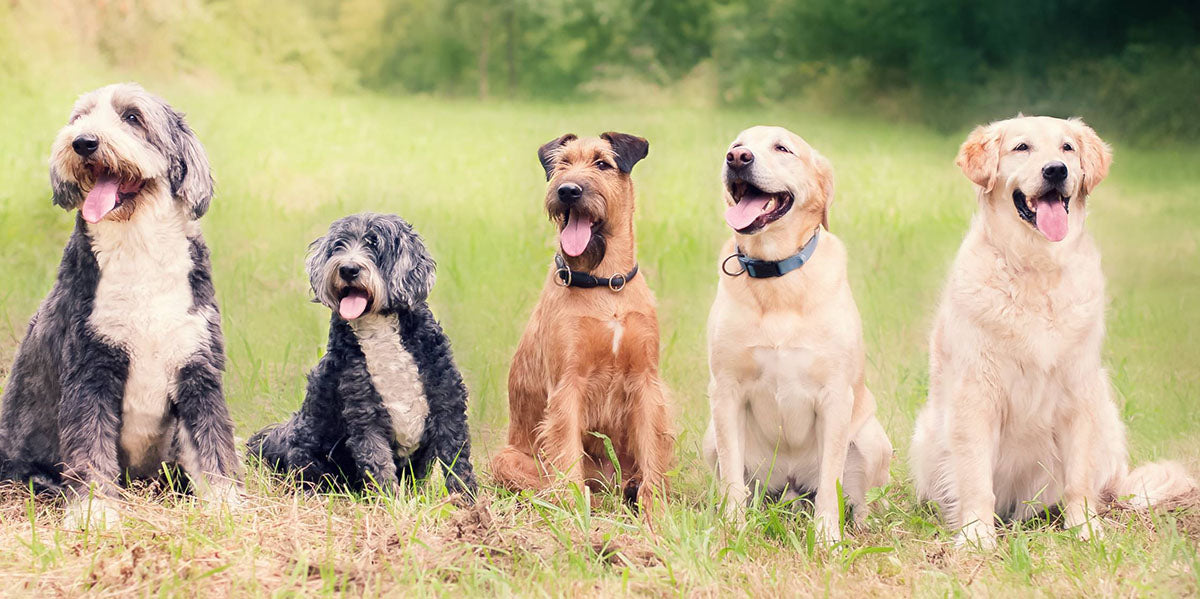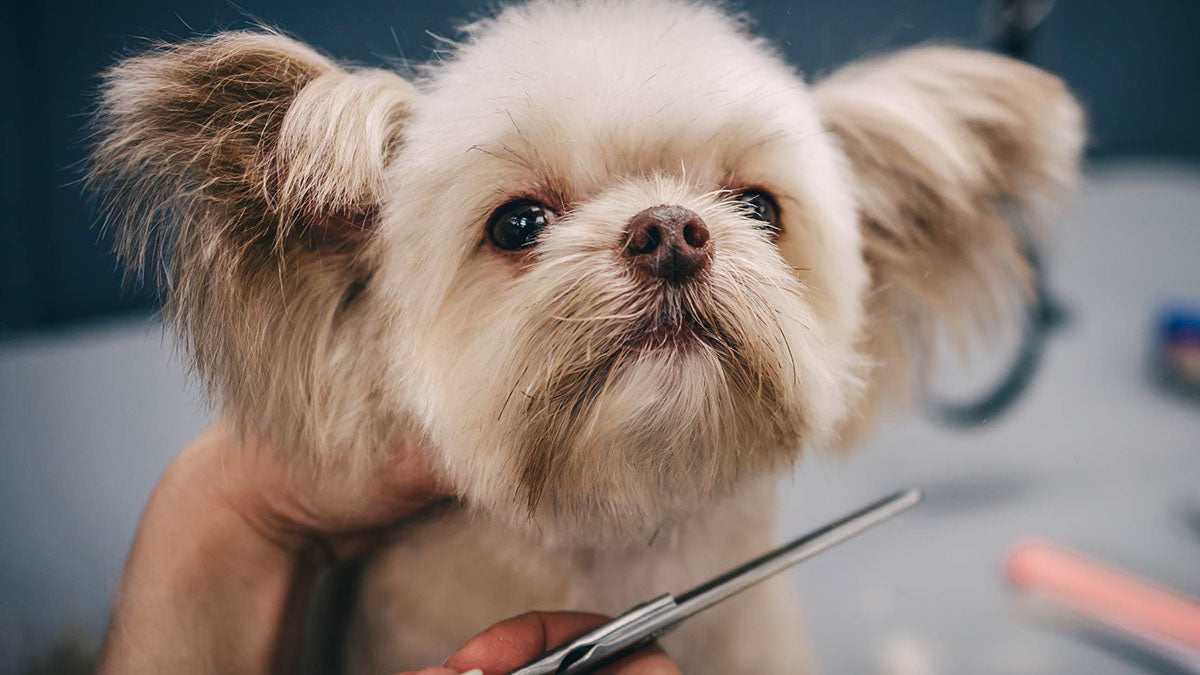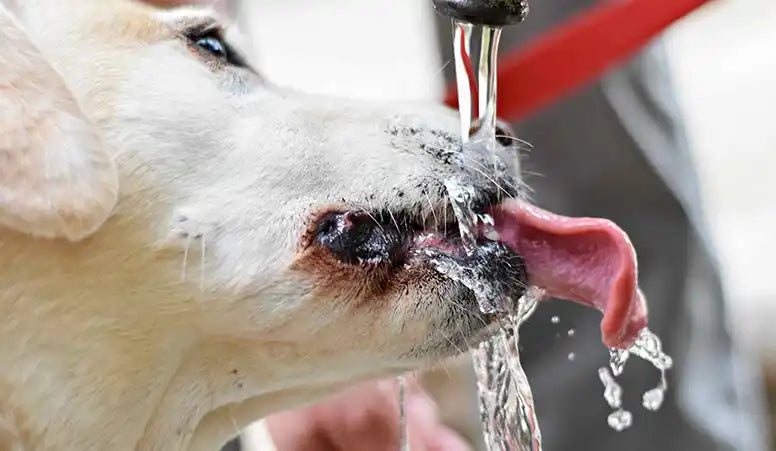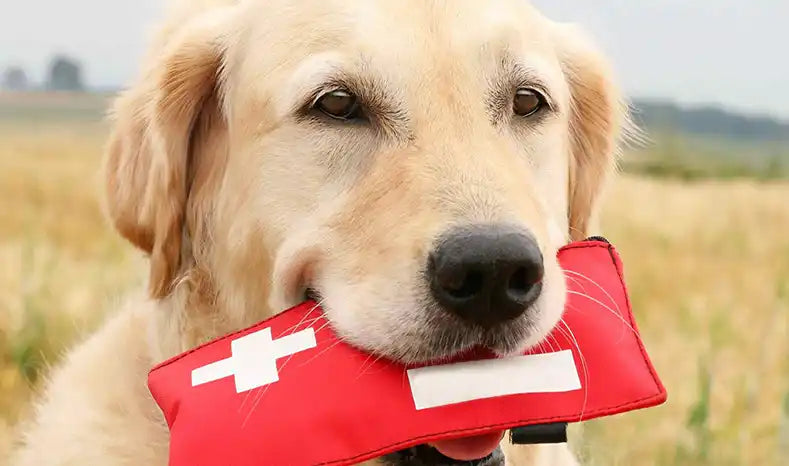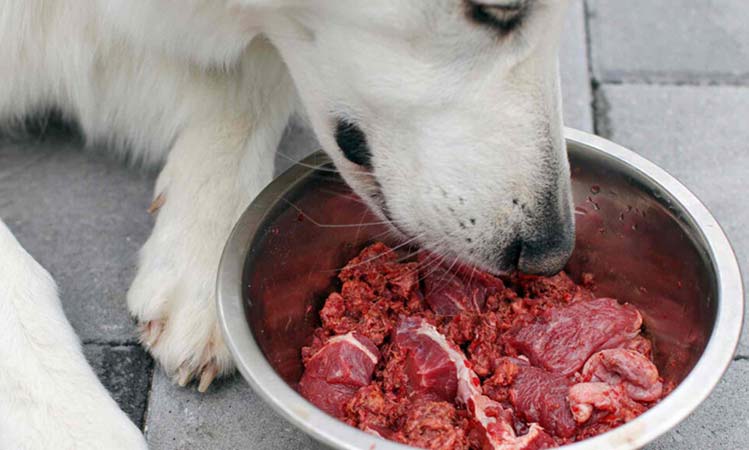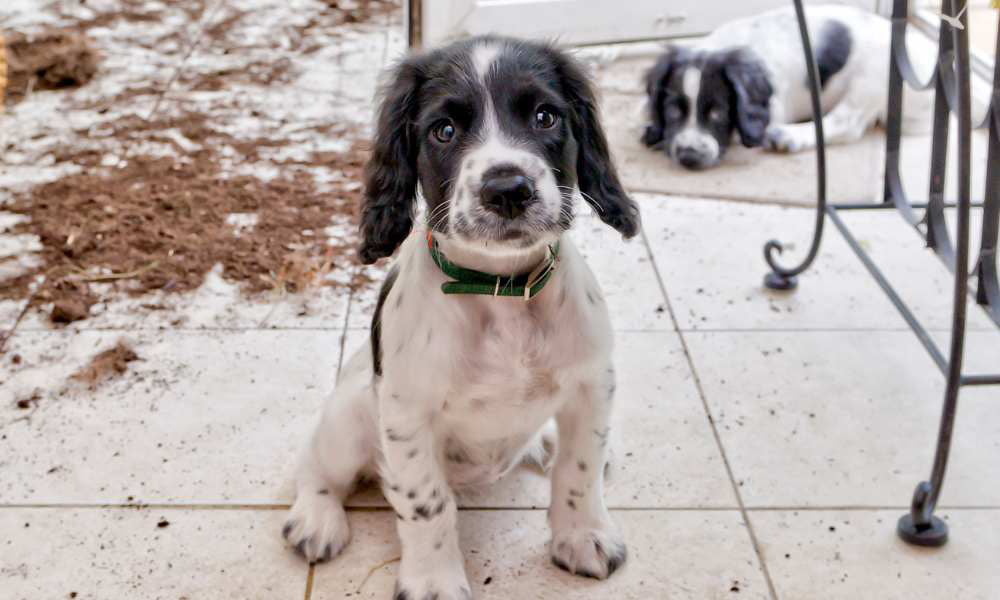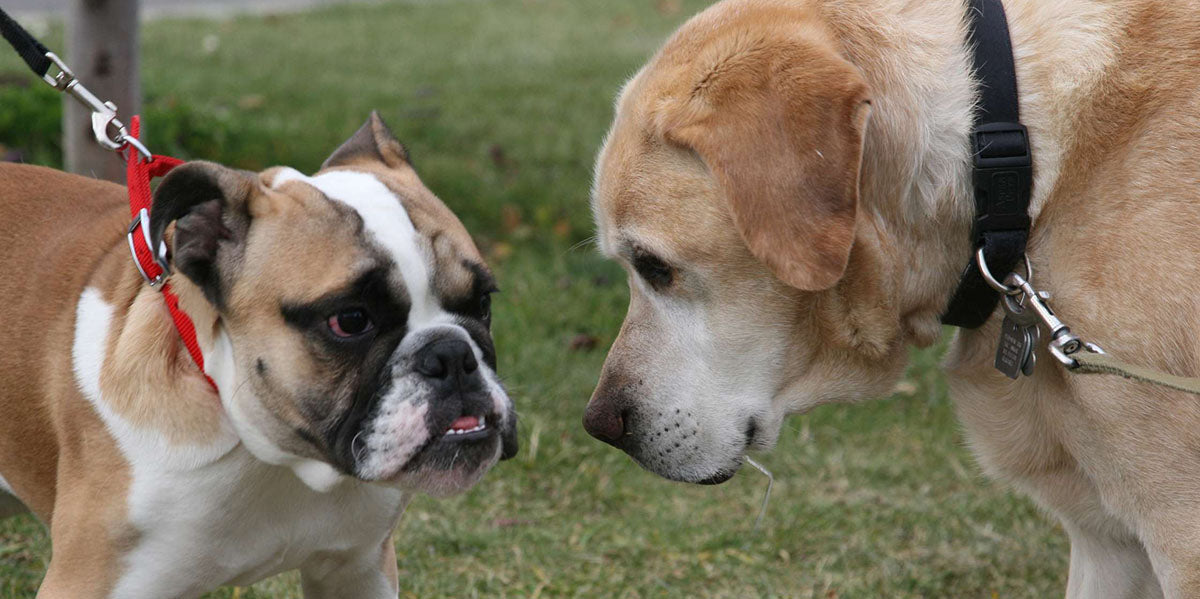Dealing with common dog behaviour Problems? Do they sometimes behave badly? It may be something obvious or more subtle. Maybe they have one of the more common dog behaviour issues. Don't worry, they can be surprisingly easy to resolve.
Dogs can display undesirable behaviours for many reasons. It can come from a lack of training, loneliness, depression or physical ailments that may be causing pain and discomfort. Or maybe even trauma from past experiences. Therefore, it’s important we understand the dog is responding in the only way it knows how to cope with the problem, whatever that may be.
The first step to addressing undesirable dog behaviour issues is to consult with your vet and ensure it is not being caused by an underlying problem such as a mental or physical ailment.
A clear example of a dog behaving badly is when they suffer from separation anxiety. Dogs with separation anxiety may exhibit various distressing behaviours, such as excessive barking, destructive chewing, soiling indoors, or attempting to escape confinement. These actions are their way of coping with the overwhelming stress and fear they experience when left alone.
PetWell’s CALM Anxiety Aid is a great solution for separation anxiety in dogs.
CALM is formulated by a pet naturopath and includes ingredients known for their calming properties. These ingredients work together to deliver the full impact of calming effects to your dog whilst supporting their immune system.
It’s important to recognise that stress can weaken the immune system, so providing support to both the emotional and physical aspects of your dog’s health can be beneficial when they are experiencing separation anxiety.
Let's have a look at the 10 most common dog behaviour issues and useful tips to correct them.
1. Behaviour Issue - Attention seeking
There are many dog behaviour issues that are a cry for attention. As we know, dogs are pack animals and thrive on interaction and connection. Some dogs have been indirectly conditioned to have constant attention with little to no downtime. Some of these behaviours act out in the following ways:
- Excessive barking
- Whining
- Jumping up on people
- Over excitement when seeing familiar people and dogs
- Inappropriate urination
- Fixating on a toy or ball
These behaviour issues can be managed relatively well by simply ignoring them when they occur. The key for success here is consistency, do not give in. Over time your dog will understand that acting out does not get them the response they are seeking.
What do to
- Ignore the behaviour - be consistent, don't give in
- Give them ample exercise
- Mental stimulation through play
- Provide appropriate attention
Nutrition can also play a part in their behaviours, we recommend you seek advice from a pet nutritionist.
2. Behaviour Issue - Excessive barking

For dogs, the act of barking is the most natural thing in the world! Especially when they are defending their territory or when they are excited or startled.
However excessive barking can be a problem for you, your neighbours, and most importantly for your dog as it can be very distressful and unhealthy for them.
Excessive barking can be caused by discomfort, loneliness, separation anxiety, fear, or boredom. When excessive barking is not addressed, it becomes an ingrained habit and can be difficult to break.
What to do about excessive barking
Our first recommendation is that you seek advice from your vet to ensure the issue isn’t health-related. Once they have all clear, we suggest the following tips to address the issue:
- Ensure they have appropriate exercise, a tired dog is less likely to bark
- Provide mental stimulation with puzzle games, fetch, and rotation of different toys. This is a great way to keep them occupied
- Implement a routine that includes regular play and connection with you and the members of the household
- If socialised, take them to a dog park or arrange play dates with dogs they know and trust.
3. Behaviour Issue - Separation anxiety
Without a doubt, this is the most common dog behaviour issue. As mentioned, dogs are pack animals who crave companionship. Some more than others.
What causes separation anxiety?
- You leave them home alone for prolonged periods of time
- Your dog is introduced to a new, unfamiliar location
- There is a history of abandonment
- Being re-homed
- Having multiple owners
Dogs with separation anxiety often cannot find comfort in a new place or when introduced to a new schedule. |
Signs of true separation anxiety include:
- Your dog becomes anxious when you prepare to leave
- Misbehaviour such as barking, whining, urinating, or destructive chewing after you leave
- A dog with separation anxiety will constantly follow you, you need to be in their sight of vision
Separation anxiety requires dedicated training. In extreme situations, medication may be recommended but this should be a last resort.
What to do about separation anxiety
- Leave your dog with a friend for a few hours or even a night. Although they are not alone, this will help them separate from you in a gentle and safe way.
- Enroll your dog into doggie daycare. This will help them with their separation anxiety and help with socialisation. WIN-WIN!
- Go into a different room of the house, leaving your dog alone for periods of time. This will allow your dog to get used to you not being in the same room.
- Leave them at home alone. Start with a few minutes at a time. Gradually extend the length of time you leave them alone.
- Change up your routine. Dogs work out your behaviour patterns quickly and know when you’re about to leave them. From the minute you put on your shoes or grab your keys, their anxiety starts. To break that cycle, casually take your keys and play with them for a minute or so, and put them back. Put your shoes on and walk around the house for a minute or two then take them off. This will help de-sensitise your dog and put them at ease.
Try an all-natural supplement to help calm your pooch.
4. Behaviour Issue - Destructive chewing

Chewing comes naturally for dogs, especially puppies who are teething. Most dogs will also chew to relieve anxiety and boredom. In the event it’s the latter, this behaviour can become compulsive and destructive.
What to do to break the chewing cycle
- It’s important to catch them in the act of chewing, distract them with a sharp noise and replace the chewing with an alternative by providing them with chew toys and rewarding them with a treat when they chew on the toys
- If your dog chews due to separation anxiety or boredom when you are not home, keep them in a confined area free of chewing temptations. Leave chew-appropriate toys with them
- Provide them with appropriate exercise to burn energy, avoiding boredom chewing.
In the meantime, ensure you put away your personal items that may fall victim to excessive chewing.
5. Behaviour Issue - Begging for food
When younger dogs beg for food from the alpha dogs, they are immediately reprimanded. Begging for food in a pack is not acceptable behaviour. So why do we allow it? Those puppy eyes and drooling are hard to resist!
In most cases begging for food is encouraged by rewarding the behaviour and giving them food at the dinner table or whenever you are eating. But this behaviour can be a problem long-term resulting in overeating, digestive issues, and obesity.
What to do about begging
- Do not make eye contact with your dog when you are eating, ignore them. If they turn away and go on with their business, reward them with a special treat once you are finished eating
- If the begging continues, put them in another room where they cannot see you.
6. Behaviour Issue - Aggression

Aggression in dogs can be the most dangerous of all dog behaviour issues, for people and the dog. Aggression is the leading factor in most dog bites and the leading factor in most dogs being euthanised.
When a dog repeatedly bites, owners are forced to re-home or euthanise the dog. This issue is exacerbated since most shelters will not take aggressive dogs due to the danger to pose to staff and other dogs.
Aggression in dogs can be caused by several factors, and we need to act accordingly.
For example, if a dog is in pain due to health issues that case discomfort. Such as hip dysplasia, arthritis, stomach pain or other physical ailments. Therefore, our first recommendation is to have a full medical examination by your vet.
Reasons for aggression:
• Pain - due to health issues that cause discomfort
• Anxiety and fear aggression – due to anxiousness around new people, other dogs, or unfamiliar surroundings.
• Lack of socialisation – they simply don’t know how to behave around other people or dogs
• Food aggression – This is instinctual relating back to the wild where food was hard to come by
• Territorial and dominance aggression – If they have been the only dog in their territory for a period, they will respond aggressively when newcomers approach.
It’s important to note that a dog can be pushy and vocal without being aggressive |
Aggressive behaviours consist of:
- Growling
- Biting (different to gentle and playful nipping when dogs play)
- Lunging forward or charging at people or other dogs
- Showing teeth and growling at the same time
Our tip is to act immediately! Aggression in dogs is serious and should be dealt with in conjunction with a trained vet and canine behavioural expert.
7. Behaviour Issue - Chasing moving objects
In most cases, chasing moving objects is a display of predatory instinct. Dogs can chase other animals, bikes, cars, people, and scooters to name a few.
This can lead to dangerous outcomes for your dog, you, and or others being pursued. Therefore, it’s important to get on top of this behaviour.
Although the desire to chase for most dogs is so strong that you may not be able to eliminate it completely, there are some courses of action you can take to ensure their safety along with others.
What to do about chasing
- Keep them on a short leash when walking them, this will ensure greater control of your dog
- Make sure your dog is recall trained
- Have treats on hand or their favourite toy to distract them and divert their attention
- Engage a professional trainer to help you break the habit.
8. Behaviour Issue - Jumping up
Puppies love to jump on each other and their parents from the moment they can walk. It’s an act of playfulness and excitement. Although it can be considered sweet when your dog jumps on you to greet you, it can be uncomfortable for others and dangerous in some cases.
For example, jumping on a child, or an unexpecting adult could result in a fall causing serious injury.
What to do about jumping
- Try lifting your knee when a dog attempts to jump you
- Turn your back on the dog when it attempts to jump and ignore them until they settle or walk away. Once this occurs then approach with calm and reward with a cuddle or treat.
9. Behaviour Issue - Digging

Digging is a natural behaviour for dogs. They dig to bury bones, to escape, to stay cool, to explore interesting new scents. And they dig because they are bored or anxious.
Although you may not be able to stop them from digging you can contain it and possibly reduce the digging.
What to do about digging
- Create a designated area in the garden where digging is encouraged, like a sandpit. Bury their favourite toys and bones as a reward for them to find.
- Establish the no-go zones in the garden by adding scents they do not like, pepper and vinegar are two good options.
- Give them appropriate exercise to prevent boredom. A tired dog will be less likely to dig.
- Spend more time with your dog. Play fetch and tug of war. Dogs crave and seek companionship. Let them hang out with you inside the home. Take them with you to a café when you catch up with friends.
10. Behaviour Issue - Inappropriate elimination
This means urinating or defecating in the wrong place. The exception to the rule is puppies. Puppies under 12 weeks will eliminate here there and everywhere. The main reason for this is that they are not yet trained, and they have small bladders and are unable to control them.
Dogs can eliminate inappropriately for several reasons:
- Anxiety
- Fear
- Cognitive dysfunction
- Medical conditions that lead to frequent elimination due to pain or lack of control
- Marking their territory
- Lack of training
What to do for potty training
- Train them to eliminate in designated areas. Catch them in the act, interrupt with a sharp noise and immediately direct them to the designated area.
- When they complete the elimination in the designated area, reward them with a high-value treat and praise them for a job well done.
- Every 1 to 2 hours (more often with puppies – every 30 minutes) take your dog to the designated area. Use a trigger word that means elimination, for example, “go potty”. When they do their business in the designated area, repeat the words “go potty” in an excitable tone, reward with a treat, and praise repeatedly. This tells your dog that they have pleased you, which is their goal!
- Overnight confine your dog in an area that has a designated elimination spot. If that's in the house, the bathroom is the best option with a pee-pad laid out.
- Consistency and repetition is the key to success!
Inappropriate urination and defecation can be damaging to your home and public areas. This behaviour should be addressed with your vet as a priority to ensure it's not due to health issues.
Read more about Understanding Common Dog Behavioural Issues
In Summary
All bad behaviours can be improved through understanding the underlying condition and implementing a course of action to address the issues.
As we have mentioned repeatedly through this blog, the first point of call should be to seek advice from a trained veterinarian to rule out any underlying health issues.
For extreme cases, we also recommend engaging a canine behaviourist professional. Our dogs are most happy when they have strong boundaries. They provide them with certainty and safety.
Disclaimer: The entire contents of this email and website are not to be taken as medical advice. The team at Pet Squad Pty Ltd trading as PetWell encourages you to make your own pet healthcare decisions based on your research and in partnership with a qualified pet healthcare professional.







